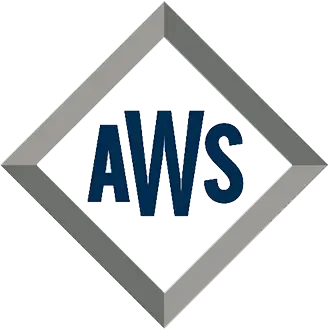Top Strategies for Enhancing Efficiency in Sheetmetal Fabrication Processes
In the competitive landscape of manufacturing, enhancing efficiency in sheetmetal fabrication processes is crucial for maintaining quality and meeting customer demands. However, numerous challenges can impede this objective, ranging from outdated equipment and suboptimal workflows to inadequate workforce training and inconsistent material quality. These problems can lead to increased production costs, longer lead times, and reduced overall productivity. To address these issues, manufacturers must adopt innovative strategies that streamline operations, improve communication, and leverage technology. In this blog, we will explore the top strategies for overcoming common problems in sheetmetal fabrication, ultimately helping organizations optimize their processes and achieve higher levels of efficiency.
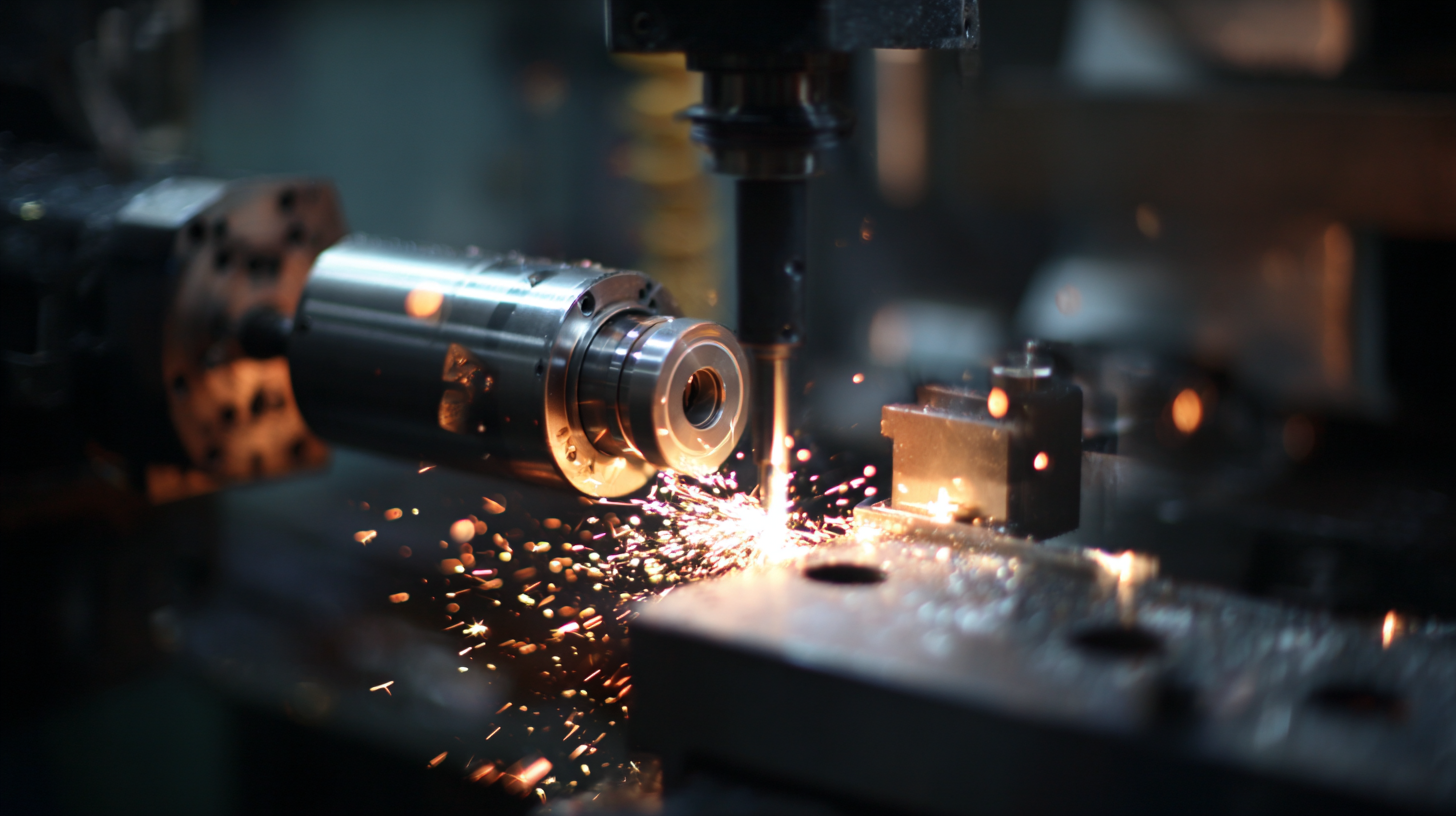
Key Benefits of Implementing Automation in Sheetmetal Fabrication
Implementing automation in sheet metal fabrication processes brings significant advantages that enhance operational efficiency. According to industry reports, the global sheet metal processing equipment market is projected to reach approximately $9 billion by 2027, growing at a CAGR of over 5%. This growth is largely driven by advances in automation technology, which allows for faster production times and reduced labor costs. The integration of automated cutting, forming, and bending equipment enables fabricators to process materials with greater precision, ultimately improving the quality of the final products.
Moreover, the shift towards digital manufacturing has revolutionized how precision sheet metal fabricators manage their workflows. With the increasing volume of work and the vast amount of data generated, automating processes can streamline operations significantly. For example, real-time inventory management systems and automated scheduling software help fabricators minimize downtime and optimize resource allocation. As seen in various case studies, companies that have adopted digital solutions have reported efficiency gains of up to 30%, underscoring the transformative power of embracing automation in sheet metal fabrication.
Top Strategies for Enhancing Efficiency in Sheetmetal Fabrication Processes
| Strategy | Key Benefits | Implementation Cost | Expected ROI (Return on Investment) | Case Study Example |
|---|---|---|---|---|
| Automation of Cutting Equipment | Increased speed and accuracy, reduced labor costs | $50,000 | 20% in 1 year | Fabricator A |
| Lean Manufacturing Techniques | Reduction in waste, improved workflow | $10,000 | 15% in 1 year | Fabricator B |
| Advanced ERP Systems | Better inventory management, enhanced project tracking | $30,000 | 25% in 2 years | Fabricator C |
| Robotic Assembly | Enhanced precision, decrease in assembly time | $100,000 | 30% in 3 years | Fabricator D |
Maximizing Material Utilization to Reduce Waste in Fabrication Processes
Maximizing material utilization is key in sheet metal fabrication processes, not only to minimize waste but also to enhance overall efficiency. In an era where sustainability is paramount, employing strategies that leverage circular economy principles can lead to significant material recovery and waste reduction. One effective approach is the integration of advanced technologies such as Industry 4.0 tools, which can optimize operations through real-time data monitoring and analysis, thus facilitating better decision-making regarding material usage.
**Tips:** Implementing a decision-making model focused on material circularity can help identify more efficient pathways for raw material utilization. Conduct regular audits of fabrication processes to assess waste streams and identify byproduct valorization opportunities. Additionally, consider collaborating with suppliers who prioritize sustainability in their practices to enhance the overall efficiency of the supply chain.
Furthermore, utilizing innovative recycling methods, like thermochemical recycling, can convert scrap materials into high-quality products. This not only maximizes resource recovery but also aligns with the growing demand for environmentally friendly practices in manufacturing. By adopting these strategies, companies can reduce waste significantly while improving their bottom line.
Top Strategies for Enhancing Efficiency in Sheetmetal Fabrication Processes
This bar chart presents key metrics for enhancing efficiency in sheetmetal fabrication processes, focusing on material utilization, waste reduction, production speed, and labor efficiency. Maximizing these aspects can significantly contribute to overall process efficiency.
Adopting Lean Manufacturing Principles for Streamlined Operations
The adoption of Lean Manufacturing principles in
sheet metal fabrication can significantly enhance operational efficiency.
Lean Manufacturing focuses on eliminating waste while maximizing productivity, which is particularly vital in industries that deal
with complex fabrication processes. By implementing techniques like value stream mapping,
manufacturers can identify inefficiencies and bottlenecks within their operations. This enables teams to
streamline workflows, reduce lead times, and improve overall output quality.
Moreover, fostering a culture of continuous improvement is essential.
Employees at all levels should be encouraged to identify areas for enhancement and contribute ideas for process improvements.
Techniques such as 5S (Sort, Set in order, Shine, Standardize, Sustain)
can help maintain an organized and efficient workspace while also ensuring that tools and materials are readily accessible.
By integrating these Lean principles, manufacturers not only improve their sheet metal fabrication processes but also create a more
agile and responsive production environment. This transition ultimately
leads to enhanced customer satisfaction and a stronger competitive edge in the market.

Incorporating Advanced Technologies for Improved Precision and Speed
In today’s competitive landscape, enhancing efficiency in sheet metal fabrication is paramount. Incorporating advanced technologies such as automation, robotics, and IoT (Internet of Things) can significantly improve both precision and speed. According to a recent industry report by Deloitte, companies that have adopted automation in manufacturing have seen productivity increases of up to 30%. This substantial improvement illustrates the potential of technology to not only elevate output but also enhance the accuracy of fabrication processes.
One practical tip for fabricators is to invest in CNC (Computer Numerical Control) machinery. CNC machines can execute complex designs with high precision, reducing material waste and minimizing errors. A survey by the Fabricators & Manufacturers Association indicates that manufacturers using CNC technology have reported a 25% increase in operational efficiency. By integrating these systems, businesses can streamline their workflow and capitalize on cutting-edge capabilities.
Additionally, embracing cloud-based software solutions can facilitate better project management and real-time data analytics. Real-time tracking can lead to more informed decision-making and faster response times. According to a study from McKinsey, organizations implementing IoT systems have experienced up to a 15% reduction in downtime. Emphasizing these advanced technologies is essential for any sheet metal fabrication operation aiming to elevate its performance and maintain a competitive edge in the industry.
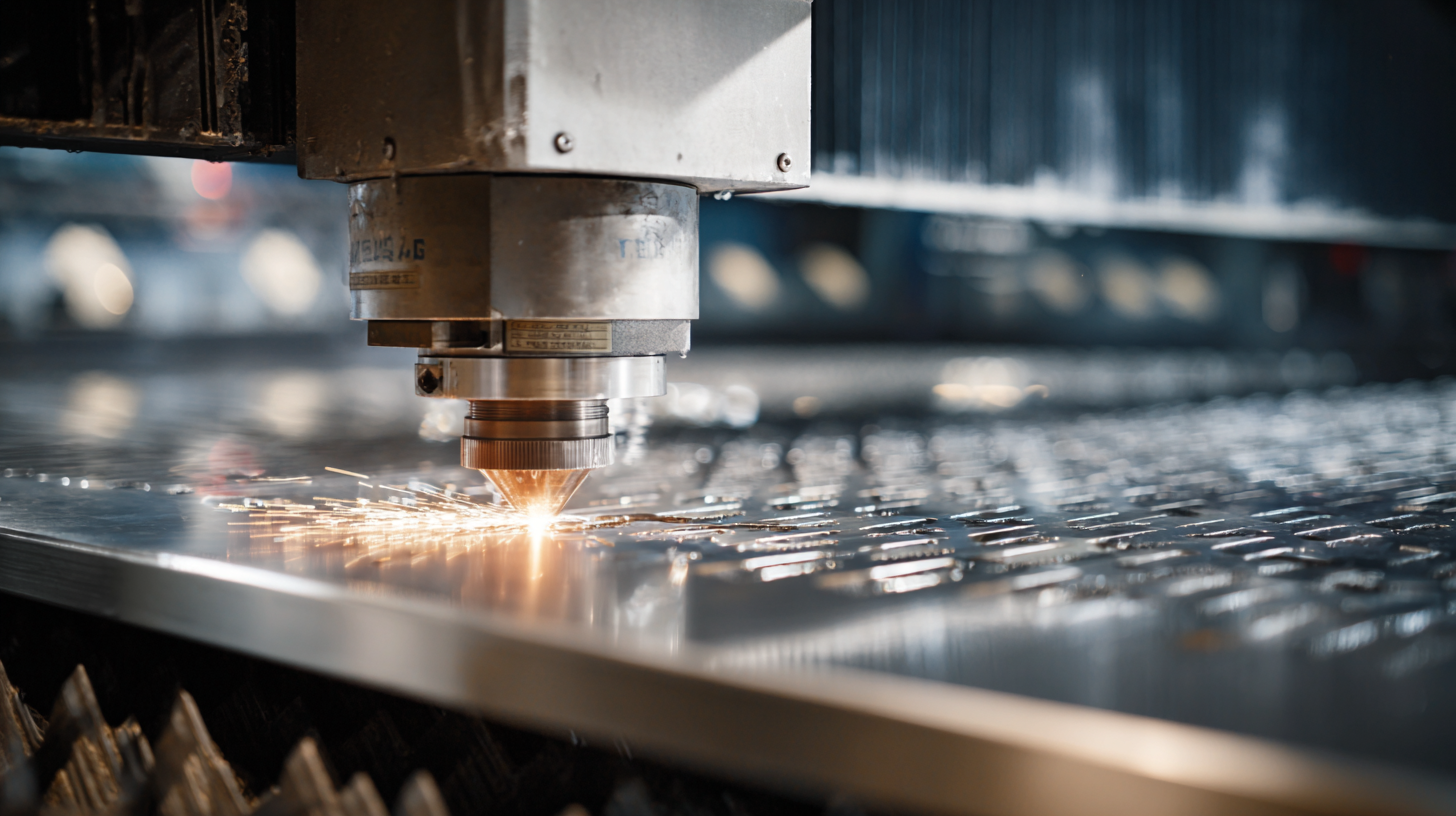
Enhancing Quality Control Measures to Minimize Defects in Production
In today's competitive manufacturing landscape, enhancing quality control measures is essential for minimizing defects in production, particularly in the realm of sheet metal fabrication. As industries increasingly adopt new technologies, integrating artificial intelligence into quality control processes can significantly elevate performance. Notably, the global market for AI in manufacturing is projected to grow from $760 billion in 2025 to $623.3 billion by 2032, reflecting a compound annual growth rate of 35.1%. This rapid expansion underscores the potential of AI to revolutionize quality assurance by providing real-time monitoring and predictive analytics to identify and address defects before they escalate.
A key challenge in production is tackling particle defects in semiconductor manufacturing, where stringent quality standards are a necessity. As semiconductor technology evolves, robust quality control mechanisms become even more critical. By implementing advanced inspection technologies, manufacturers can ensure precision and reduce variability in their processes. The adoption of data-driven insights not only enhances the reliability of products but also optimizes operational efficiency, allowing manufacturers to respond swiftly to potential quality issues and maintain high standards in sheet metal fabrication.
Get your project done the Right way
7:00am - 5:00pm
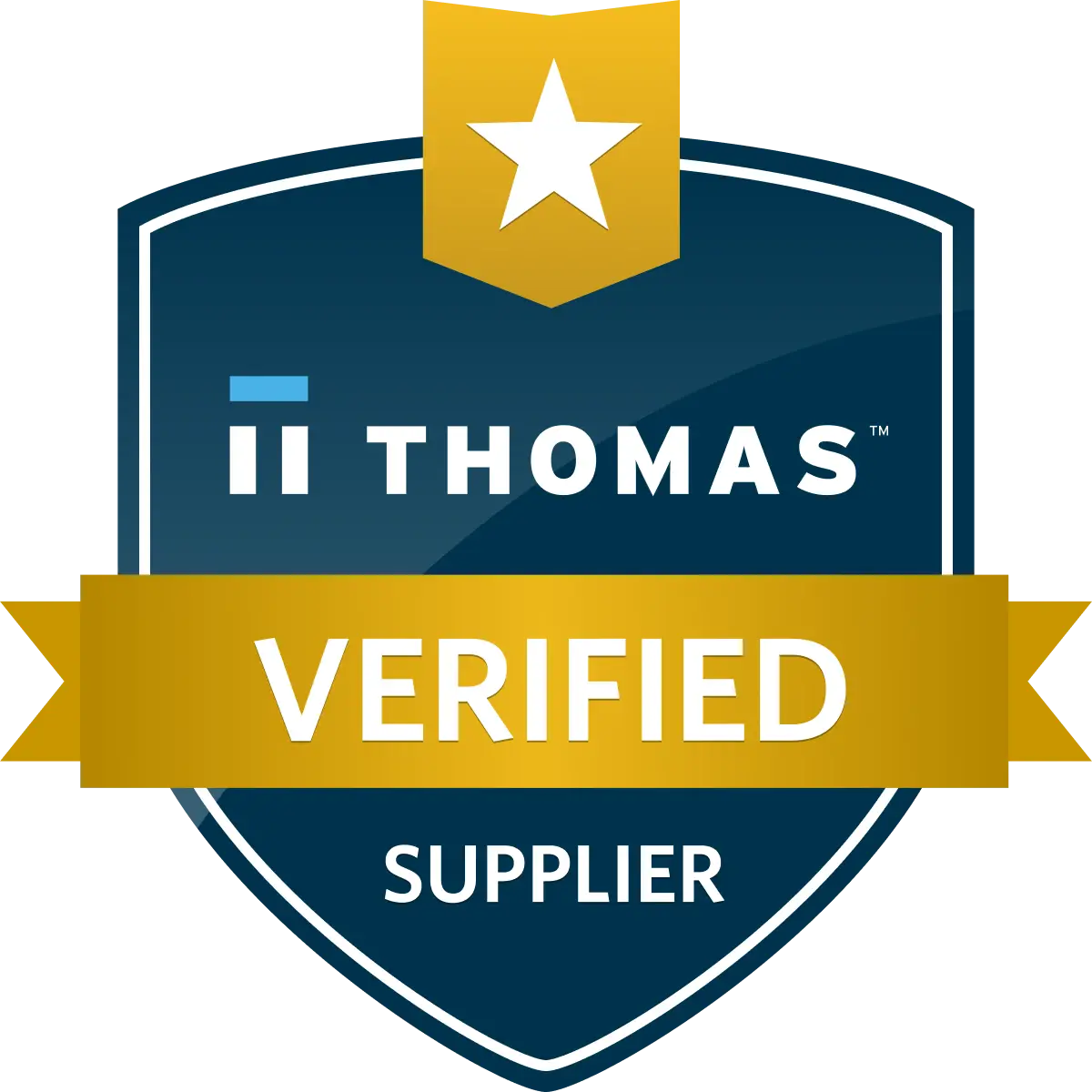
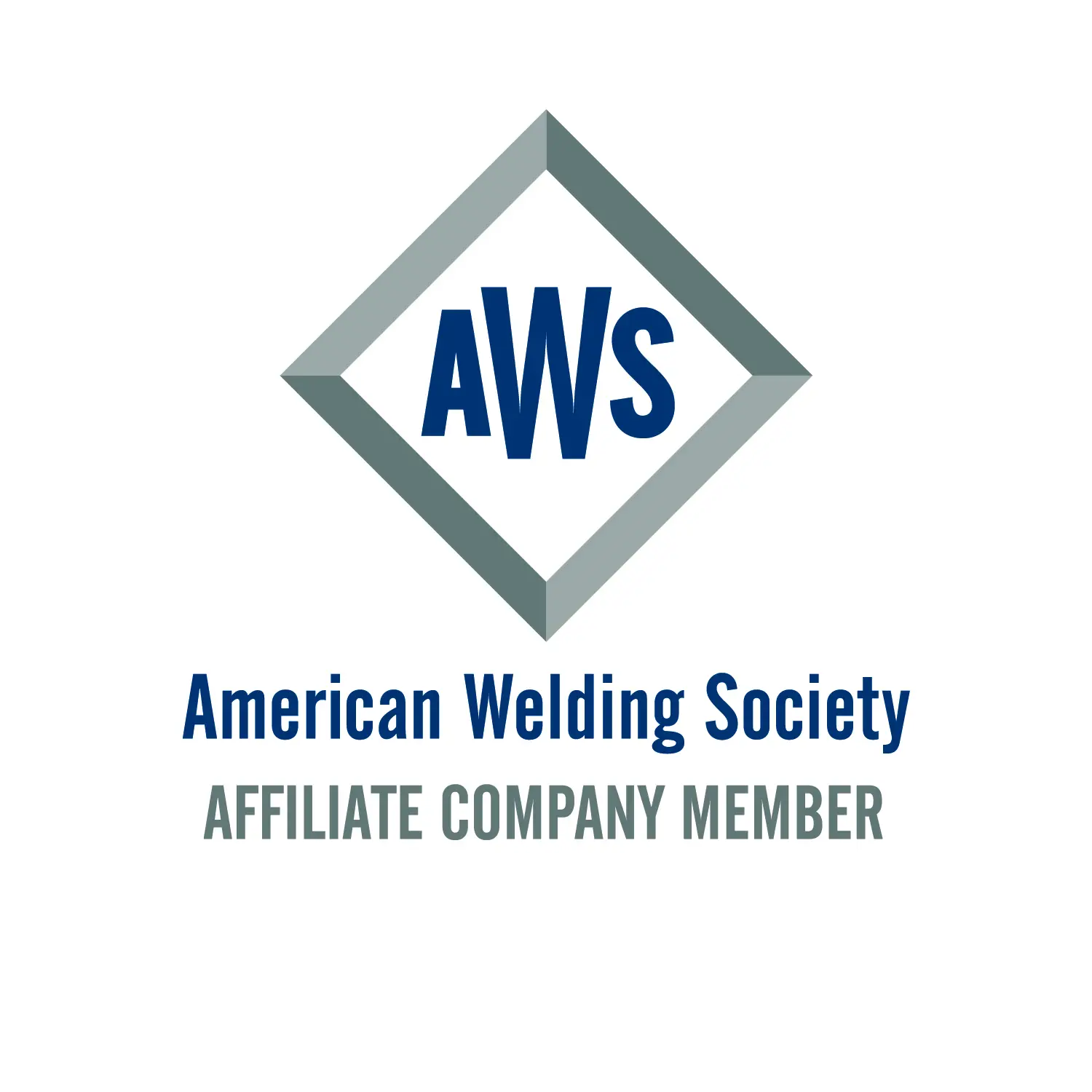
- Copyright2025 © Tri-State Fabricators
- Accessibility
- Privacy Policy
- Terms


